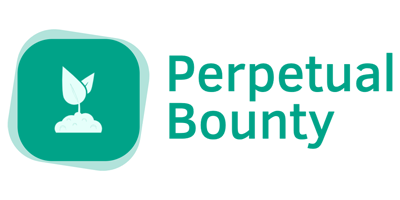Have you ever found yourself frustrated over the way a toilet paper roll is hung? It’s a simple thing, yet when someone places it against the ‘accepted standard’ in your household, it can be surprisingly irksome. This seemingly trivial matter offers a striking metaphor for understanding the importance of standards in data and processes.
In the world of Data & Analytics, standards are the invisible threads that hold the tapestry of our work together. They ensure consistency, efficiency, and clarity. Like the toilet paper roll, there’s no universal right or wrong in how standards are set – what matters is the consistency and agreement within a specific environment.
However, when these standards are absent or not adhered to, it’s akin to someone flouting your household’s toilet paper orientation rule. It leads to frustration, inefficiency, and even errors (let’s not go there with the toilet metaphor).
Imagine trying to analyze data where each department follows its own format – chaotic, isn’t it? And lucky you if you had to “imagine” what that looked like, for most of us this is just business as usual.
Embracing standards in our data practices is about creating a common language. It allows for seamless collaboration, easier data integration, and more accurate analytics. Just as a family agrees on how to hang the toilet paper to keep domestic peace, organizations need to establish and adhere to data standards for smooth operations.
Especially with AI needs for clean data this will become a bigger and bigger challenge in our daily work.


